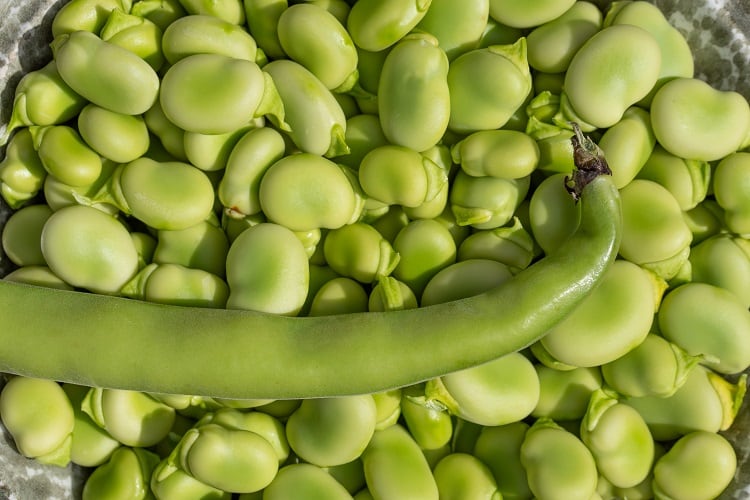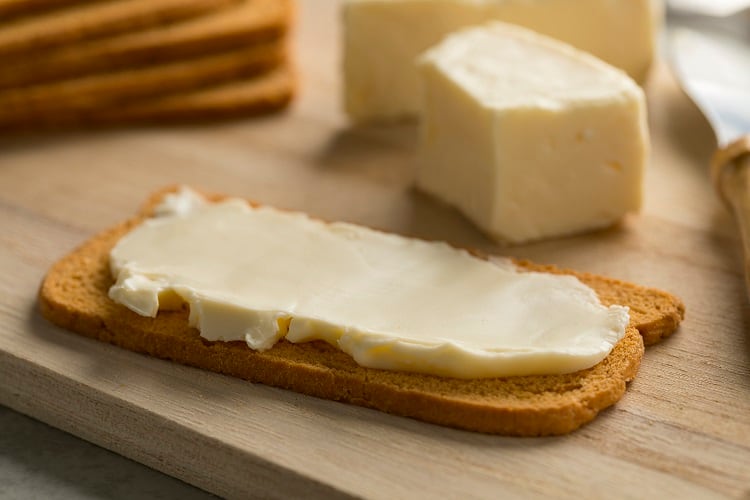Faba beans have a range of uses as a plant-based ingredient, including meat alternatives, flour and even chocolate. Faba beans also have strong health benefits, such as high protein, a well-balanced amino acid profile, and cholesterol-lowering properties, according to a study in the journal, Nutrients.
Of course, before their use can be scaled up, producers must persuade consumers to like them. In many key markets, such as northern Europe, they are not yet commonly consumed. Furthermore, key sensory challenges, such as their known off-flavours, remain, and have even been known to persist in the meat alternatives they are used in.
A study in the journal, Food Quality and Preference, aimed to get to grips with whether faba beans can appeal to consumers, or whether more needs to be done to make them an ingredient of the future.
What do consumers think about faba beans?
The study aimed to ascertain whether Finnish consumers would react positively or negatively to faba beans in the form of protein concentrate, protein isolate mixed with water, and flour.
Food grade vs. feed grade
Fava beans, the edible seeds of the faba bean crop, are often used for feed as well as food. However, while using feed-grade fava beans as plant-based proteins would be far more cost-effective and reduce the price-gap between alternatives and animal meat, they cannot be used for human consumption, largely because of lower levels of protein and functionality.
Participants were given a range of samples of faba bean, and asked to rate them out of nine for liking and out of five how willing they would be to use them as a food ingredient. Next, they determined whether they detected the taste of bitterness, astringency or sweetness, and rated the intensity of their chosen taste out of three.
Furthermore, participants’ attitudes towards vegetarianism and veganism, plant-based products, and sustainability were assessed through a series of questionnaires.
The results showed that participants, on average, had a slight dislike for the faba bean ingredients’ smell, and a moderate dislike for their taste. There was a very low willingness to use the faba bean ingredients, with scores ranging between one and two out of five.
While overall, the results showed that participants generally had a positive attitude towards vegetarianism and veganism, which indicated an openness to ‘innovative’ plant-based protein products, amongst those with a negative attitude towards these things, there was no substantial difference in levels of liking or willingness to use of the faba bean ingredients.
Out of the three different tastes participants were asked to evaluate in the faba bean samples, bitterness was by far the most prominent. The most prominent sensory descriptors used by the participants included raw bean, beany, musty, earthy, floury, pea pod, and bitter.
Faba beans in chocolate
Faba beans have recently been used as an alternative to cocoa in chocolate. A ‘relative’ of the cocoa bean, the faba bean contains vicilin, a seed storage protein also found in cocoa beans. When this protein is broken down, and the peptides roasted, chocolatey flavours emerge.
It was also noted that those participants who were used to meat alternatives preferred the faba protein isolate to the faba protein concentrate, while participants with the opposite characteristics preferred the faba protein concentrate.
How to solve the problem of dislike
The study showed that there is a significant issue with faba bean liking, with many types of consumers disliking its taste. There are a number of approaches it suggested to tackle the issue.
The study stressed that, since low levels of liking were found across all different types of faba beans, from crop to ingredient, technological innovations should wrestle with the problem of taste at all levels.
Paying further attention to flavour is also important. The study showed that flavours such as cheesy, fruity, musty and sweet were drivers of liking, whereas earthy and bitter were drivers of disliking.
Sourced From: Food Quality and Preference
'Exploring the lack of liking for faba bean ingredients with different sensory profiles'
Published on: 21 April 2024
Doi: https://doi.org/10.1016/j.foodqual.2024.105198
Authors: F. Tuccillo, A. Lampi, K. Katina, M. Sandell
Sourced From: Nutrients
'Faba Bean: An Untapped Source of Quality Plant Proteins and Bioactives'
Published on: 7 April 2022
Doi: https://doi.org/10.3390/nu14081541
Authors: D. Martineau-Côté, A. Achouri, S. Karboune, and L. L’Hocine




